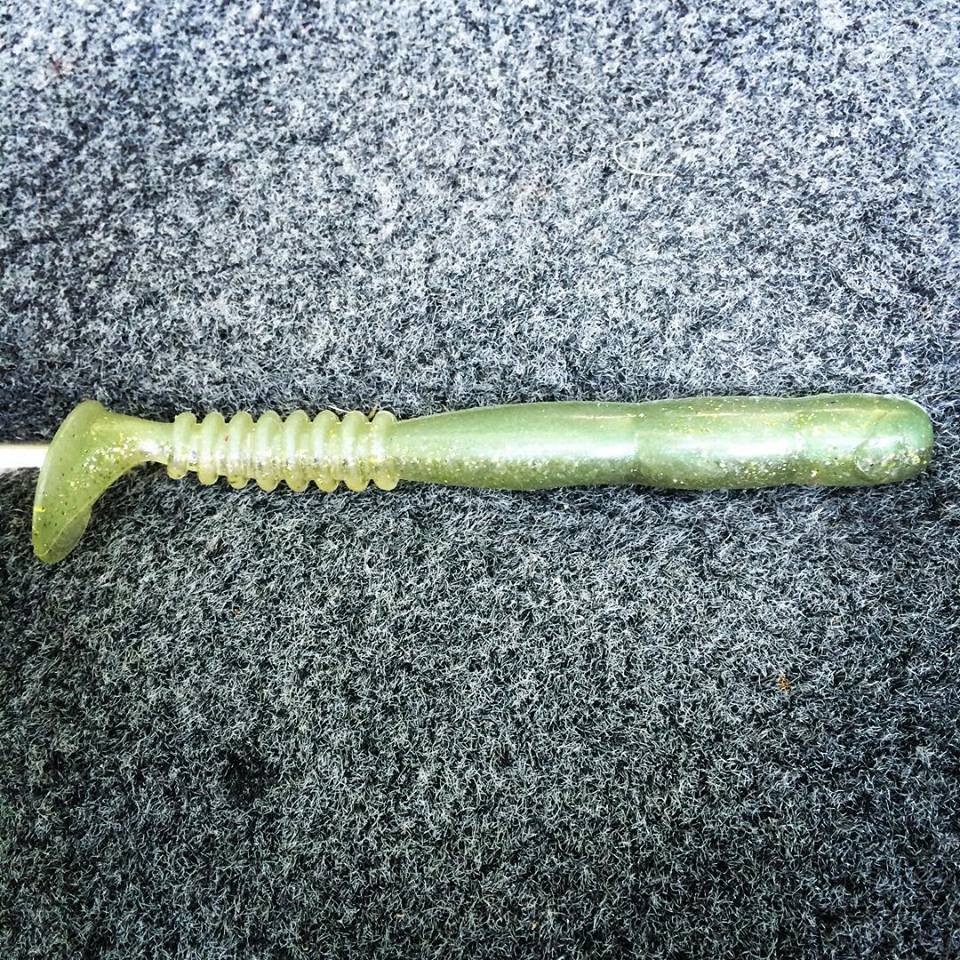Bassmaster Elite Series pro and Connecticut native Paul Mueller has a wealth of experience fishing in the wintertime. He describes himself as a fan of cold-water fishing and breaks down his winter  fishing by water temperature, forage base and also the water column he is targeting.
fishing by water temperature, forage base and also the water column he is targeting.
Winter Fishing Basics
The most important thing to remember about winter fishing is forage. Mueller changes his strategy based on the forage base of the lake and whether the fish target baitfish or crawfish. “The first I look for is channel swings and rock if the fish are feeding on crawfish and humps with deeper drops when they primarily feed on baitfish. These are key areas and must have close access to deep water,” said the Dobyns Rods pro.
He also finds that fish will move up and down to different depths to feed no matter what the water temperature is. He adds that paying close attention to the exact depth from each fish caught that day is a clue to what he should be targeting on that day as the current weather conditions are very important no matter the season
Hair jigs
Starting with the coldest water temperature range, those below 45 degrees, Mueller will begin to fish a hair jig more than anything else. “I start with it as warm as 55 degrees, but once it gets down into the 40’s and even lower, it is hard to beat,” believes the Connecticut pro.
He uses two different types of hair jigs and both are made by Punisher Lures. One is called the Punisher Hair Jig. “It’s basically a finesse jig with hair and I’ll use the ¼ oz. for shallow water and the 3/8 oz. size for anything deeper than 20ft,” adds Mueller.
He pairs it with either a Reins Ring Craw Daddy or Punching Predator. He believes that these two baits are crucial because the plastic floats. When it comes to colors, he will use either a camo or black colored jig and match the trailer accordingly.
The second style he will use is a Punisher Aspirin Head in the 1/8 or ¼ oz. sizes, depending on the depth he is fishing. He fishes this without a trailer and will use either the black color or the gray pattern to imitate baitfish.
The key with both of these jigs is the retrieve. Mueller stresses that the slower, the better. “I like to fish it very slow and pause it much more than I do with other jigs. Many of the bites you get will happen on the pause and that is why you want that floating plastic if you are using a trailer,” says Mueller.
He will alternate between the two, but feels that the Aspirin Head is more versatile and can also be fished with a more aggressive hop or even a swimming retrieve.
Mueller prefers spinning gear so he can use thinner braided line to get longer casts and better action on the baits, The Dobyns Champion Extreme DX764SF is his go-to for the Punisher Hair Jig. He fishes it on a larger spinning reel, a 3000 Lew's Team Pro Speed Spin with Gamma Torque Braid in 15 lb test with a 8 to 10 lb Gamma Edge fluorocarbon leader. For the Aspirin Head he will go with the Dobyns DX 742SF and downsize to 10 lb braid and a 6 lb leader.
Swimbaits
When the water is between 45 and 55 degrees Mueller will often be using a small swimbait. His preferred bait is the Reins Fat Rockvibe Shad in the 4” size. “It has a great rolling action like a dying baitfish and works great with a slow retrieve right along the  bottom. I will pause it once in a while just to make sure I am keeping it on the bottom or feeling it hit,” says Mueller.
bottom. I will pause it once in a while just to make sure I am keeping it on the bottom or feeling it hit,” says Mueller.
As the water gets colder Mueller has found that the fish will stay closer to the bottom. He will look for areas that have transition from grass to rock and key on these areas and continue to try to deflect off of anything he can find with his swimbait.
Like with crankbaits and spinnerbaits, the deflection of the swimbait off of cover or the bottom is where many strikes will occur. “With a fast moving bait like a crankbait that deflection is usually a hard deflection, but with this swimbait moving slowly along the bottom, the deflection is softer. This ‘finesse deflection’ is important when you are fishing in the cold as it is more natural and slow,” shares the Elite Series pro.
He matches the color based on the forage and some of his top color choices are Baby Gill and Natural Pro Blue. He will fish it on the exact spinning setup he uses for the Punisher Hair Jig and will pair the swimbait with a 3/8 or ½ oz. AA's Sakana swimbait head. If it is overcast or windy, he will often switch to a Punisher Head Spin for added attraction.
When it comes to cold-water fishing, Paul Mueller has developed a strategy based on the water temperature. He keeps his bait selection simple and focuses on key wintering areas that hold both bass and forage. By fishing slowly and paying attention to the conditions that day you too can catch bass all winter long.


 Advertising
Advertising